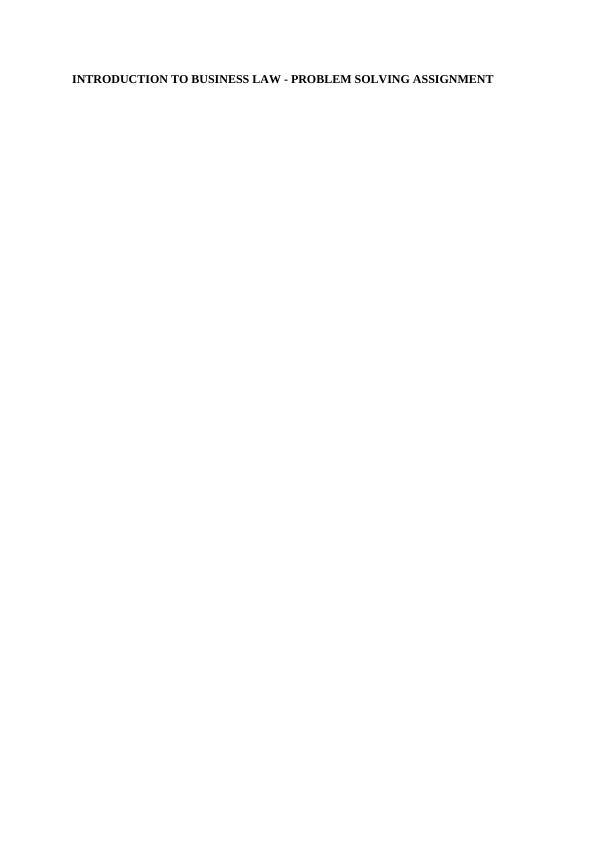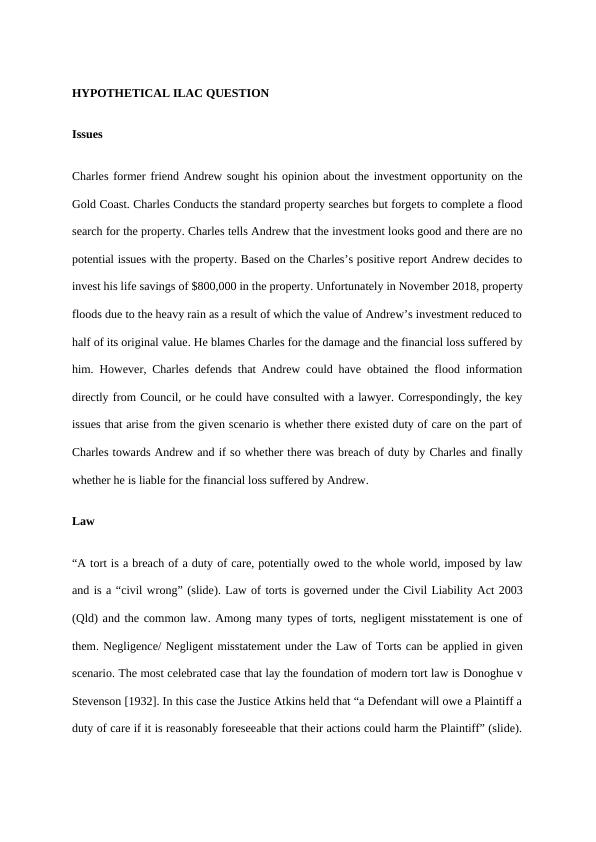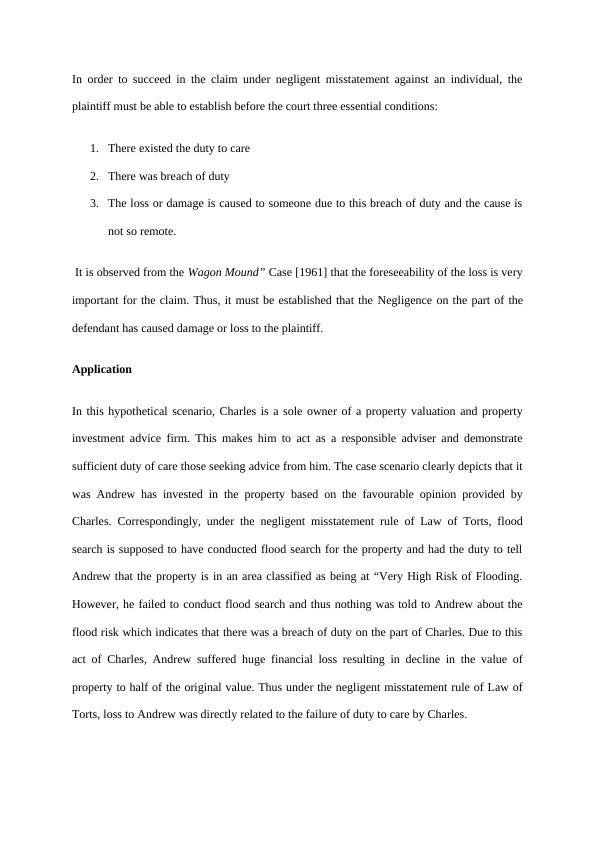Introduction to Business Law - Problem Solving Assignment
Problem solving assignment for the Introduction to Business Law course at Griffith Business School, involving a hypothetical ILAC question and short response questions.
Added on 2023-05-27
About This Document
This article discusses a hypothetical ILAC question related to negligent misstatement under the Law of Torts. It also includes a short response to a case related to the administration of salbutamol by ambulance officers. The article provides insights into the duty of care, breach of duty, and causation of harm.
Introduction to Business Law - Problem Solving Assignment
Problem solving assignment for the Introduction to Business Law course at Griffith Business School, involving a hypothetical ILAC question and short response questions.
Added on 2023-05-27
End of preview
Want to access all the pages? Upload your documents or become a member.



